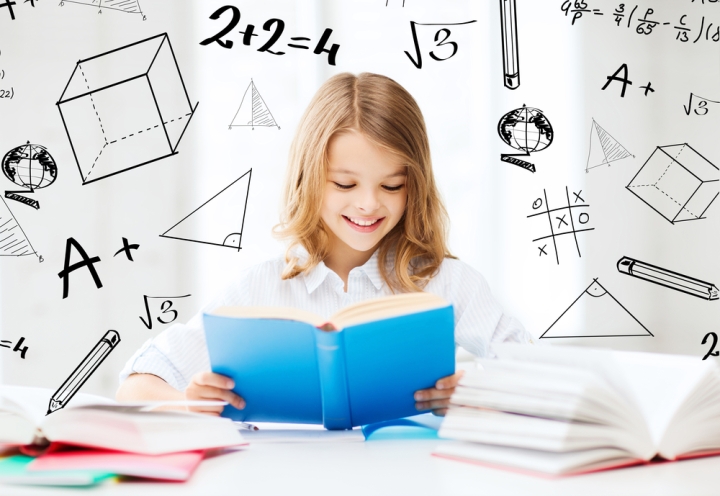
From your children’s daily schedule to your email and social media passwords, the list of things that you need to remember daily is pretty exhaustive. Chances are, your children might be grappling with the same issues too, especially when exams draw near.
Fret not – all hope is not lost just yet! There is a group of “memory athletes” whose main goal is to help you remember the things that you see and learn each day. This group of people travel the world to showcase their skills and have recently competed in the Extreme Memory Tournament held in June 2016 in San Diego California.
Here are some great advice and simple strategies shared by these memory champs to help you – and your child – learn and remember better:
1. Create a memory palace
The memory palace functions based on the fact that our spatial memories (part of memory responsible for recording information about one’s environment and its spatial orientation) overpowers our memories for specific words or objects.
According to Alex Mullen, World Memory Champion, it is probably easier for you to recall where in your home you store your stationeries. You can apply this innate ability to other things that are harder to remember, such as your grocery list.
How to get started: Take your grocery list which might include items such as apples, paper towels, bread and milk. As you walk through your home, use your imagination to create a scene of each item in a designated space. For example, you imagine a group of kids bobbing for apples in the living room, while you picture your furniture in the dining area covered in rolls of paper towels. As you walk towards your bedroom, you picture a giant gobbling on loaves of bread in your bed and in the bathroom you see the sink overflowing with milk.
MindChamps’ Professor Snyder’s Thinking Cap Learning System equips your child with effective learning and thinking skills which he/she can apply to the MOE curriculum. Book seats for yourself and your child to find out more during our upcoming complimentary workshop!
2. Picture a scene in your mind
Visual memories are formed in a similar pattern to how a camera records an image. The things that we see gets imprinted in a specific set of brain cells in our hippocampus, much like how a photograph is processed. This series of events is called encoding.
We often misplace things like our keys, phone or car because we store so many versions of those memories which are very similar to each other. As your brain works hard to encode thousands of those memories, over time they begin to blur.
How to get started: To consistently improve your memory, you need to work hard at keeping those recollections apart. As suggested by Memory Champion Joshua Foer, the next time you set down your keys, try creating a precise scene in your head by paying attention to the minor details. For example, take note of the surface on which you have placed the keys on – is it made of wood, steel or concrete, and what colour is it. Also try to notice other objects nearby that can help you remember better.
3. Build an emotional connection
Establishing some form of connection with an object or place can help you remember the details better.
In a recent review, researchers from Harvard and the Massachusetts Institute of Technology (MIT) studied the comparison between how well people could remember photographs and the colour of a few simple squares. At the end of this exercise, it was found that people fared better at remembering details about the photos than those of the squares. The researchers deduced that the difference in results might be related to people’s ability to link things in photos with their own feelings and memories, which helps them remember the details better.
How to get started: To learn and remember better, revisit the previous point discussed by thinking in pictures. Once you have created a picture or scene in your head, try to connect it with a past experience or find a way to link that picture with a significant memory.
Richard Of York Gave Battle In Vain – Find out how the use of mnemonics and connecting “the old with new” can help you to remember things better!
